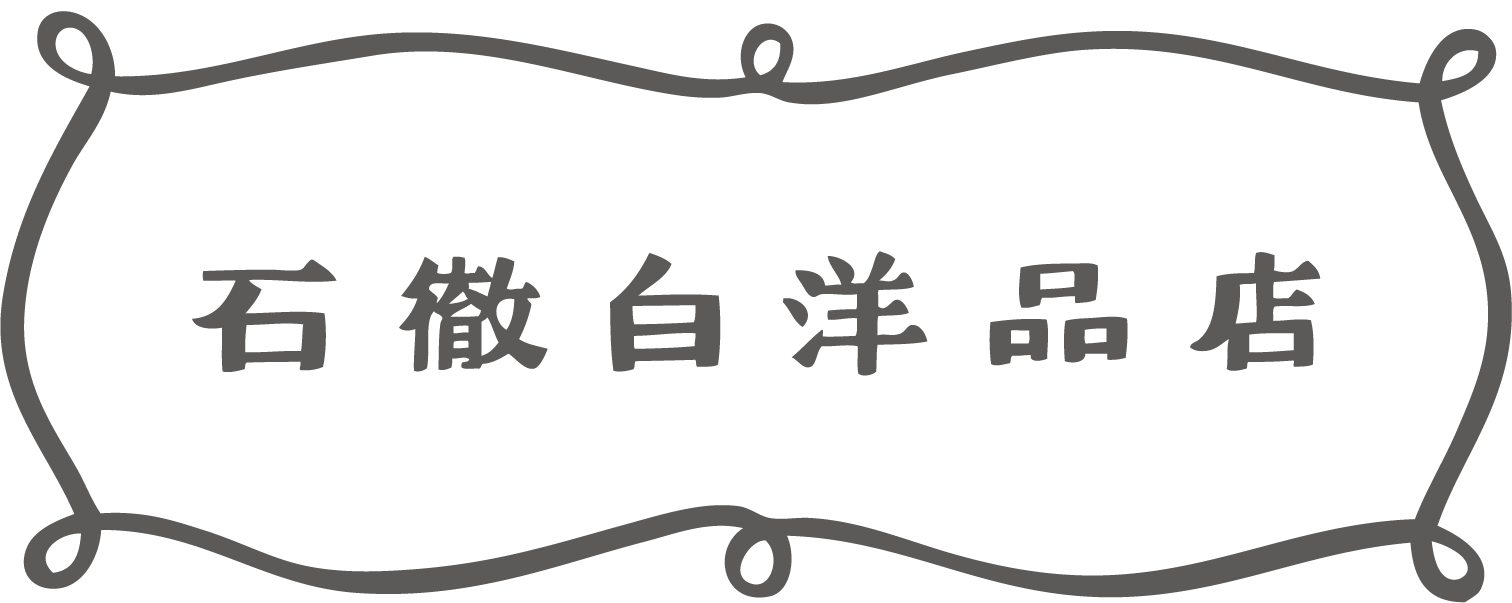Dyeing with plants that grow in this area
From growing plants,
Alternatively, we can do indigo dyeing or plant dyeing right from the source.
Expressing the natural environment of the land through color.
And for a better future
Environmentally friendly manufacturing
We want to make this a norm.

At Itoshiro Clothing Store, we want to create products that can only be made in this location.
For both indigo dyeing and plant dyeing, we place great importance on using plants that grow in this area.
Indigo dyeing begins from tilling the soil and sowing the seeds.
Plant dyeing starts with going to the fields and mountains to pick the plants.
Feel the change of seasons and be thankful for the blessings of nature.
Creating things is a very fulfilling experience.
With these feelings in mind, we dye each piece of fabric by hand, carefully and with great care.
Plant dyeing and indigo dyeing
Plant dyeing




We dye fabrics carefully and slowly using an abundance of seasonal plants. Whenever possible, we hand-collect plants that are familiar to us and grown in Itoshiro.
Even when using the same plant, the color of the dye changes slightly each year depending on the condition of the plant itself and the dyeing method. Also, the color changes depending on the mordant used.
When making clothes, it is difficult to reproduce the exact same color, but I feel attached to the color at each moment, and I am excited to see how I can present it to everyone.
We would like to bring the rich colors of plants and flowers to many people.
Seasonal plant colors
March to April Cherry Blossoms
The fabric is dyed using cherry blossom branches that have broken under the weight of snow. The finished product is a soft cherry blossom color, reminiscent of the color of the flowers.
May Cedar
I've always wondered how such colors emerge from green leaves. Depending on the season, they can be orange-yellow or pale yellow.
June Himegion
From the time the flower buds appear until the flowers bloom, the color can range from a soft beige to a deep yellow.
July Akaso
From the time the flower buds appear until the flowering season, you can enjoy the gradation from pink beige to a deep reddish pink.
August: Walnuts
When the leaves are collected they are beige or brown, but when ironed they produce a deep brown colour.
September: Marigold
They are grown as pyrethrum, and when they flower, the flowers are picked, collected and dyed a golden yellow, or ironed to give a khaki colour.
October Chestnut
Chestnut burrs are used to create a light brown color, and iron is used to create an elegant gray color.
November: Loquat
The leaves are salmon pink, or orange-pink depending on the season.
Indigo dye




From May to September, we use four indigo vats to dye the fabric using only natural ingredients and a lye fermentation process.
During this time, the indigo is stirred every day, sometimes nourishing it to activate it so that the color comes out, and the craftsmen take care of it just like children.
In this way, just like with plant dyes, indigo shows colors that can only be achieved at a given time, depending on the season, time, and how the work is done.
The process starts from sowing the seeds, and then the green leaves growing in the fields finally turn indigo blue. Even after all these years, I am still fascinated by the mystery and deep color of the indigo.
Rooted in the land of Itoshiro
Learning wisdom, techniques and "spirit" from our predecessors
Creative manufacturing that only we can do
Share and spread the wisdom learned from our predecessors.
"Tasuke to the world"
